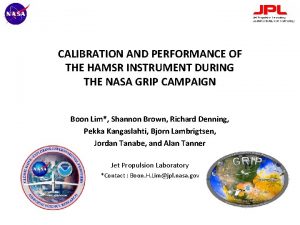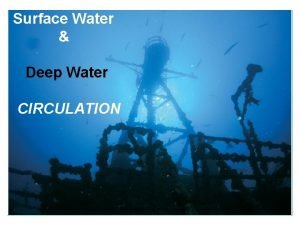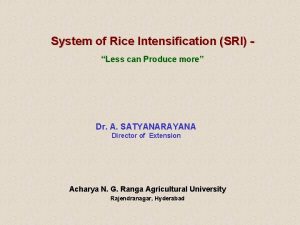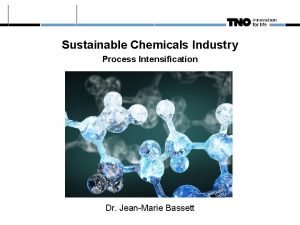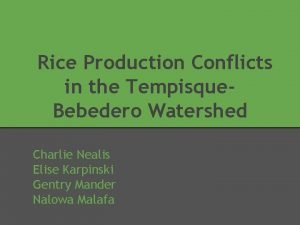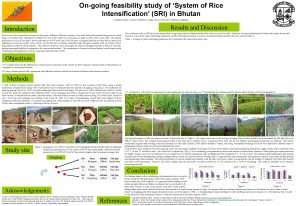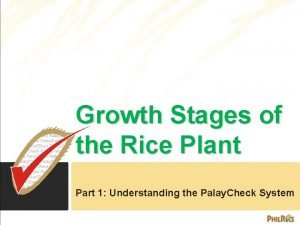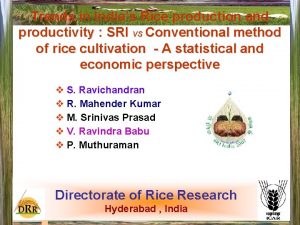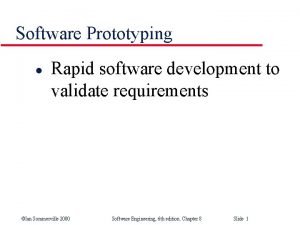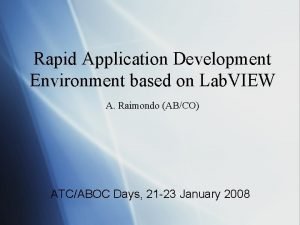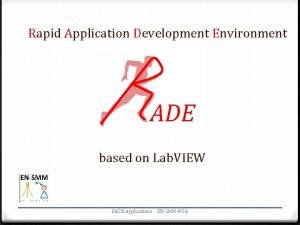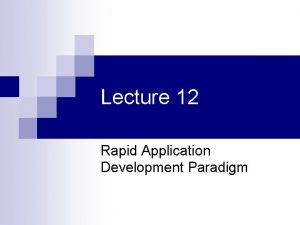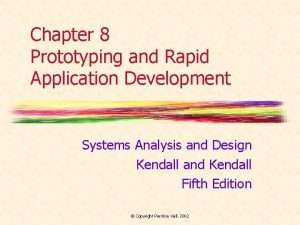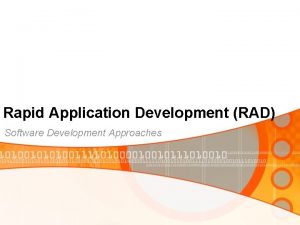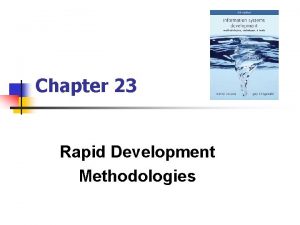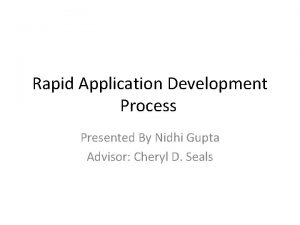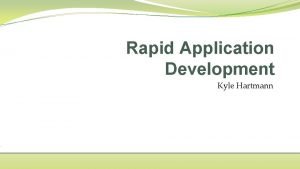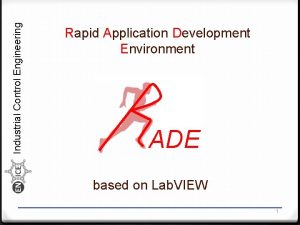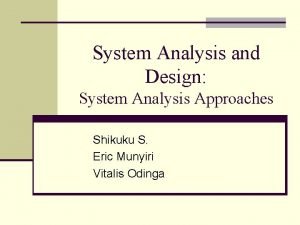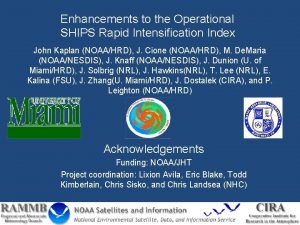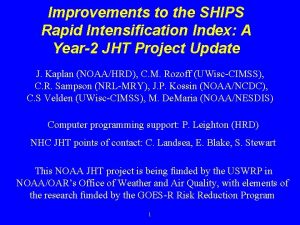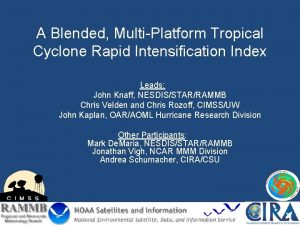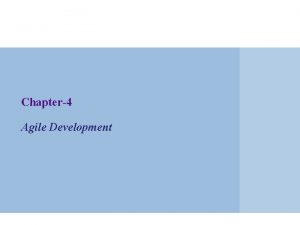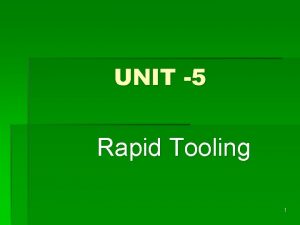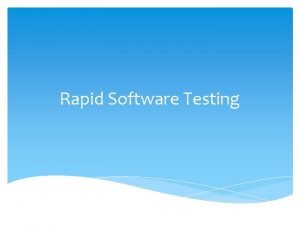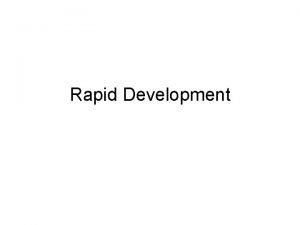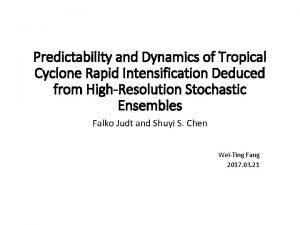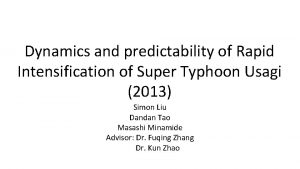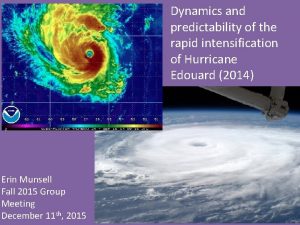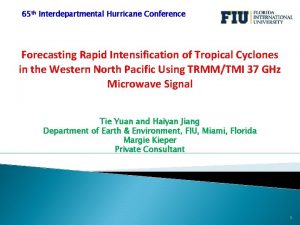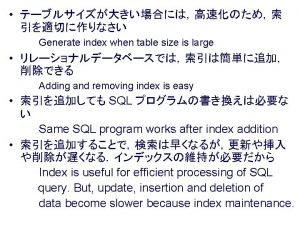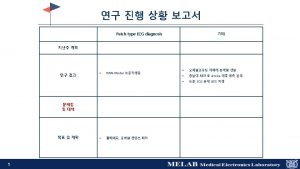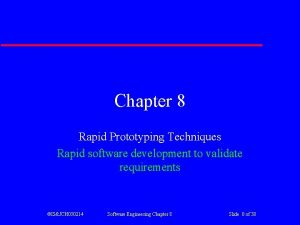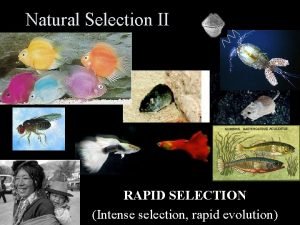Development of a Rapid Intensification Index for the
























- Slides: 24

Development of a Rapid Intensification Index for the Eastern Pacific Basin John Kaplan NOAA/AOML Hurricane Research Division Miami, FL and Mark De. Maria NOAA/NESDIS Fort Collins, Colorado March 9, 2005 Acknowledgements: Joint Hurricane Testbed

Background • The present operational hurricane intensity prediction models have not demonstrated the capability to predict rapid intensification (RI) adequately and predicting RI has been ranked as one of the top forecasting priorities by the NHC • Kaplan and De. Maria (2003) developed a simple index for predicting the probability of RI in the Atlantic basin using SHIPS model output • The Atlantic RI index was tested in real-time from 2001 -2003 as part of the Joint Hurricane Testbed (JHT) and was run operationally during the 2004 hurricane season • An RI index analogous to the one developed for the Atlantic basin is also currently being developed for the E. Pacific basin with support from the JHT

Definition of Rapid Intensification (RI) • Rapid intensification (RI) is defined as the 95 th percentile of all over-water 24 -h intensity changes of the subtropical and tropical cyclones that developed from 1989 -2002 • This equates to a 24 -h maximum sustained wind increase of > 15. 4 ms-1 (30 kt) for the Atlantic Basin • This equates to a 24 -h maximum sustained wind increase of > 18. 0 ms-1 (35 kt) for the E. Pacific Basin

SHIPS predictors used in the Atlantic and E. Pacific versions of the RI index Non-GOES Version (1989 -2003) • • • Previous 12 h intensity change (t=0 h) Observed sea-surface temperature (24 -h mean) Maximum potential intensity - initial storm intensity (24 h mean) 850 -200 h. Pa vertical shear from 200 -800 km (24 h mean) 850 -700 h. Pa relative humidity from 200 -800 km (24 h mean) GOES Version (1995 -2003) • All predictors used in Non-GOES version PLUS – Area-averaged inner-core brightness temperature (t=0 h) – Standard deviation of inner-core brightness temperature (t=0 h) Threshold methodology: Sea-surface temperature threshold(°C): 28. 8 Observed sea-surface temperature(°C): 28. 7 Sea-surface temperature threshold not satisfied

Brier skill of the 2003 Atlantic basin RI index real-time forecasts

Brier skill of the 2003 E. Pacific RI index independent (re-run) forecasts

Darby (2004)

Frank (2004)

Howard (2004)

Javier (2004)

Brier skill of the 2004 real-time E. Pacific RI index forecasts

Scaled RI index Methodology: Similar in concept to that used by De. Maria et al. (2001) for genesis forecasting Np Scaled RI index = 10*{ ∑ S } i=1 Where: Np is the number of RI predictors ( 7 are used) S is the scaled magnitude (from 0 to 1) of each predictor (S=1 when the predictor value is most conducive for RI and S= 0 when it is the least conducive).

Brier skill of the threshold and scaled versions of the RI index for the 1995 -2003 Atlantic (N=1733) and E. Pacific (N=1446) developmental samples

Howard 2004 (independent)

Brier skill of the 2004 Atlantic (N=294) and E. Pacific (N=181) independent (re-run) forecasts

Brier skill of the scaled version of the RI index for the developmental (1995 -2003) Atlantic and E. Pacific samples for the 20, 25, 30 and 35 kt RI thresholds

Brier skill of the 2004 independent (re-run) Atlantic and E. Pacific forecasts for the scaled version of the RI index for the 20, 25, 30, and 35 kt RI thresholds

Howard (2004) (independent)

Summary • The 2004 real-time version of the E. Pacific RI index showed skill relative to climatology. • A new scaled version of the RI index was developed and tested against the previously developed threshold version. The tests showed that scaled version was significantly more skillful than the threshold version in the E. Pacific basin but only slightly more skillful in the Atlantic when evaluated using the 1995 -2003 developmental sample. • For the 2004 independent re-run forecasts, the scaled version outperformed the threshold version by 7 to 10 % for the Atlantic and E. Pacific basins respectively. • An evaluation of the scaled version of the RI index for various RI thresholds showed a significant increase in skill for lower RI thresholds. This results suggests that it might be prudent to either use a slightly lower RI threshold or to add a second RI threshold with a smaller magnitude.


Brier skill of the 2004 Atlantic basin operational forecasts

Charlie (2004)


Brier skill score N Brier Score = 1/N ∑ (F-E)2 (Wilks 1995) i=1 N = number of forecasts F= forecast probability (where 50% is expressed as 0. 5) E = Event probability (where E=1 when RI occurred and 0 when it did not) Brier skill score =1 - (Brier score RI index/Brier score climatology) Thus, the RI index had skill (no skill) if it had a Brier score that was less (greater) than climatology
 Rapid intensification
Rapid intensification Physical quality of life index and human development index
Physical quality of life index and human development index Western intensification
Western intensification Sri system of rice intensification
Sri system of rice intensification Sri system of rice intensification
Sri system of rice intensification Process intensification example
Process intensification example Sri system of rice intensification
Sri system of rice intensification System of rice intensification
System of rice intensification Growth stages of rice plant
Growth stages of rice plant Hemasankari
Hemasankari Rapid software development
Rapid software development Rapid development environment
Rapid development environment Lintindo
Lintindo Disadvantages of rapid application development
Disadvantages of rapid application development Prototyping and rapid application development
Prototyping and rapid application development Mass customization and rapid product development
Mass customization and rapid product development Rad in software engineering
Rad in software engineering Rapid development methodology
Rapid development methodology Rapid development process
Rapid development process Rapid development environment
Rapid development environment Rapid game development
Rapid game development Techtarget
Techtarget History of rapid application development
History of rapid application development Rapid development environment
Rapid development environment One shortcoming of rapid application development (rad) is
One shortcoming of rapid application development (rad) is
